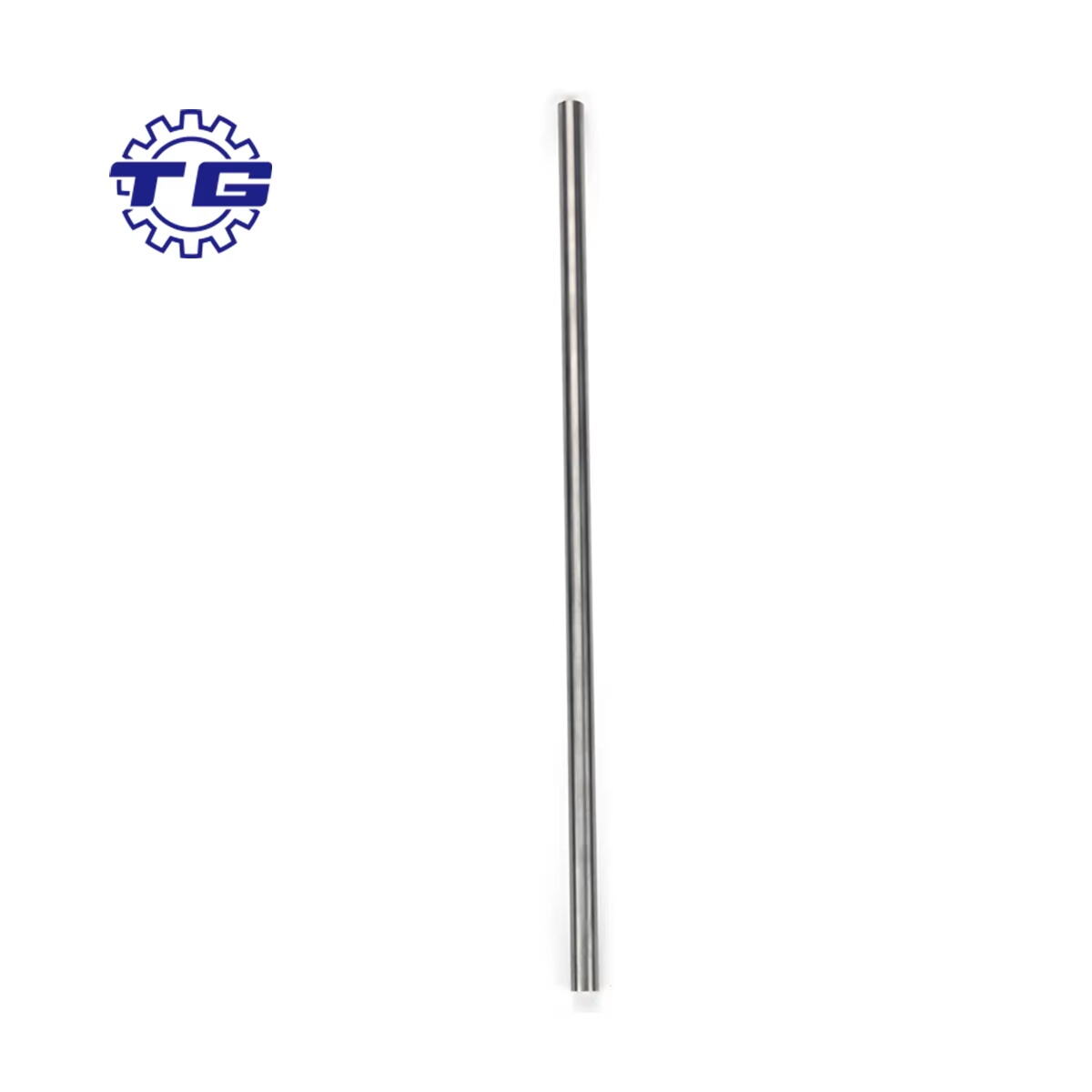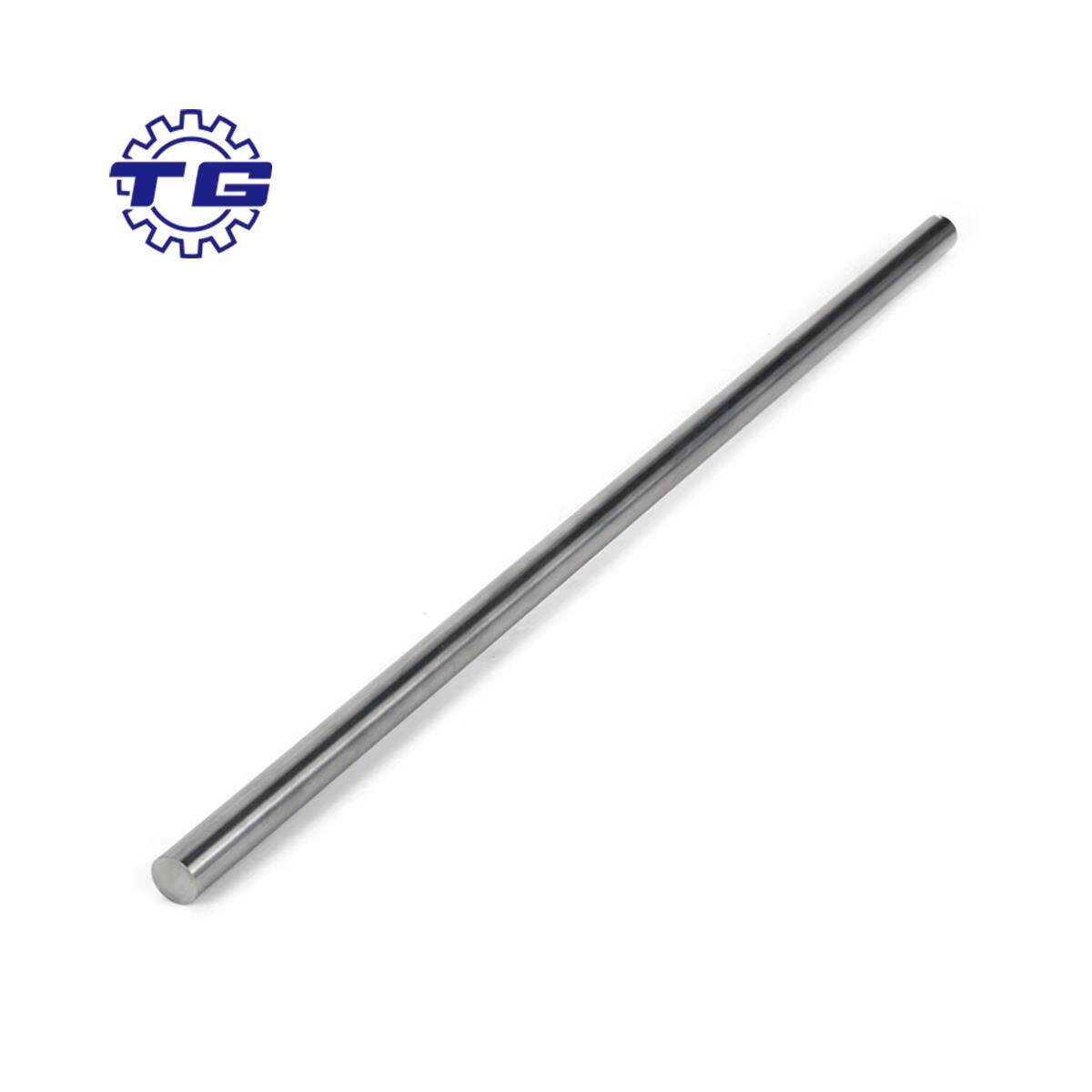The Revolutionary Impact of Cemented Carbide in Modern Manufacturing
In the ever-evolving landscape of industrial manufacturing and tooling, cemented carbide rods have emerged as a cornerstone of innovation and reliability. These advanced materials represent a perfect fusion of hardness and toughness, delivering unprecedented performance in cutting tools, wear parts, and various industrial applications. The unique composition of cemented carbide rods, combining tungsten carbide particles with metallic binders, has revolutionized the way industries approach precision manufacturing and tool development.
The significance of cemented carbide rods extends far beyond their basic material properties. They have become instrumental in shaping the future of manufacturing processes, enabling faster production speeds, enhanced precision, and remarkable wear resistance that traditional tool materials simply cannot match. As industries continue to demand higher efficiency and superior performance, these specialized components have proven their worth time and again.
Understanding the Composition and Properties of Cemented Carbide
Essential Components and Manufacturing Process
Cemented carbide rods are manufactured through a sophisticated powder metallurgy process. The primary components include tungsten carbide powder and a cobalt binder, though other carbides and binders may be incorporated for specific applications. The manufacturing process begins with careful powder preparation, followed by pressing and sintering under controlled conditions. This meticulous process ensures the final product exhibits optimal density, uniformity, and performance characteristics.
The proportion of carbide to binder material plays a crucial role in determining the final properties of the rod. Typically, the tungsten carbide content ranges from 70% to 97%, with the remaining percentage comprised of the binding material. This careful balance results in products that can withstand extreme conditions while maintaining their structural integrity.
Physical and Mechanical Properties
Cemented carbide rods boast an impressive array of physical and mechanical properties that set them apart from conventional materials. Their exceptional hardness, typically ranging from 88 to 92 HRA, allows them to resist wear and maintain sharp cutting edges for extended periods. The material's high compressive strength, often exceeding 2,000 MPa, ensures stability under heavy loads and demanding applications.
Another notable characteristic is their superior thermal conductivity, which helps dissipate heat efficiently during high-speed operations. This property, combined with their low thermal expansion coefficient, makes cemented carbide rods ideal for precision applications where dimensional stability is crucial.
Applications Across Industries
Manufacturing and Machining
In the manufacturing sector, cemented carbide rods have become indispensable for creating high-performance cutting tools. They are extensively used in milling cutters, drill bits, and turning tools, where their superior wear resistance and hardness translate to longer tool life and improved productivity. The ability to maintain dimensional accuracy even after prolonged use makes them particularly valuable in precision machining operations.
The automotive and aerospace industries rely heavily on tools made from cemented carbide rods for manufacturing critical components. These tools enable the precise machining of challenging materials like hardened steels, titanium alloys, and composite materials, meeting the stringent quality requirements of these sectors.
Mining and Construction
The mining and construction industries leverage cemented carbide rods in various applications, from drill bits for rock excavation to wear-resistant components in crushing and grinding equipment. Their exceptional durability in abrasive environments results in reduced downtime and lower maintenance costs. The material's ability to withstand high impact loads while maintaining its cutting efficiency makes it ideal for these demanding applications.

Maximizing Performance and Longevity
Proper Selection and Implementation
Selecting the right grade of cemented carbide rods is crucial for optimal performance. Factors such as the workpiece material, cutting conditions, and specific application requirements must be carefully considered. The correct balance between hardness and toughness ensures maximum tool life and productivity. Working with experienced suppliers who can provide guidance on grade selection can significantly impact the success of the application.
Implementation strategies should include proper handling and storage procedures to prevent damage to these premium materials. Despite their exceptional hardness, cemented carbide rods can be brittle and require careful attention during setup and use to avoid premature failure.
Maintenance and Care Guidelines
Proper maintenance of tools made from cemented carbide rods is essential for maximizing their service life. Regular inspection for signs of wear or damage, correct cooling during operation, and appropriate cutting parameters all contribute to extended tool life. Following manufacturer recommendations for cutting speeds and feeds helps prevent premature wear and ensures consistent performance.
The investment in high-quality cemented carbide rods pays dividends through reduced downtime, improved product quality, and lower overall tooling costs. Implementing a systematic maintenance program helps protect this investment and ensures optimal return on investment.
Future Trends and Innovations
Advanced Coating Technologies
The future of cemented carbide rods looks promising with ongoing developments in coating technologies. New multi-layer coatings are being developed to enhance wear resistance and thermal stability further. These advanced coatings can significantly extend tool life and enable higher cutting speeds, pushing the boundaries of what's possible in modern manufacturing.
Research into novel coating materials and application methods continues to yield improvements in performance and durability. The combination of traditional cemented carbide properties with advanced surface treatments is opening new possibilities for demanding applications.
Sustainable Manufacturing Practices
As sustainability becomes increasingly important, manufacturers are developing more environmentally friendly processes for producing cemented carbide rods. This includes recycling programs for used carbide tools and improved manufacturing processes that reduce energy consumption and waste. These initiatives not only benefit the environment but also help control costs in the long term.
Frequently Asked Questions
What makes cemented carbide rods superior to traditional tool materials?
Cemented carbide rods offer exceptional hardness, wear resistance, and thermal stability compared to traditional tool materials. Their unique composition allows them to maintain sharp cutting edges longer, operate at higher speeds, and process harder materials while providing superior tool life and consistency in performance.
How do I choose the right grade of cemented carbide for my application?
Selecting the appropriate grade depends on several factors, including the workpiece material, cutting conditions, and specific application requirements. Consider the balance between hardness and toughness needed for your application, and consult with experienced suppliers who can provide guidance based on your specific needs.
What are the best practices for maintaining tools made from cemented carbide rods?
Proper maintenance includes regular inspection for wear or damage, ensuring correct cutting parameters and cooling during operation, and careful handling to prevent impact damage. Following manufacturer guidelines for speeds and feeds, implementing proper storage procedures, and maintaining clean working conditions will help maximize tool life and performance.


